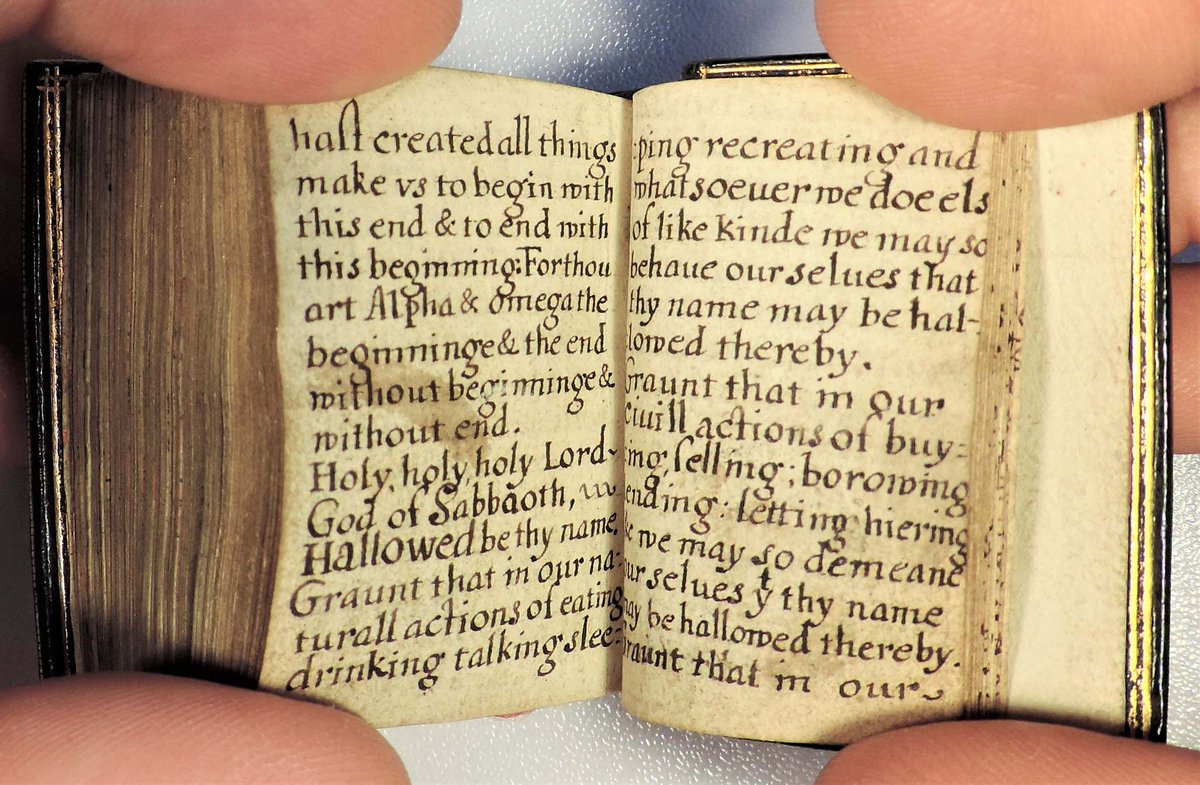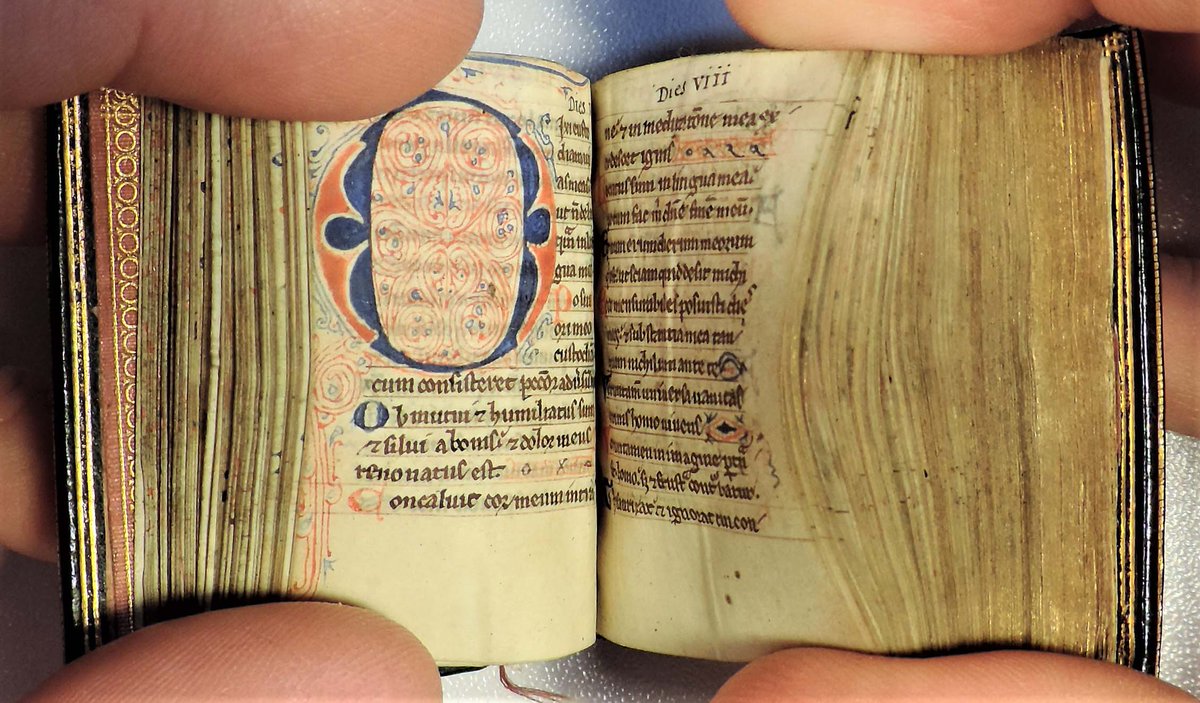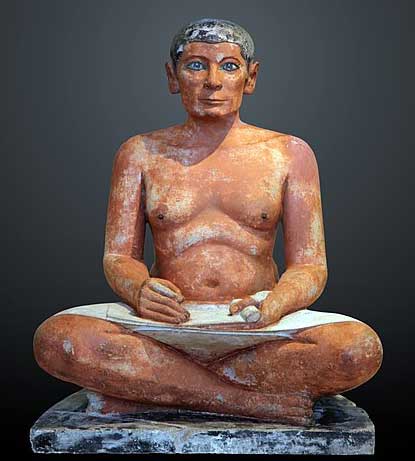One of the smallest extant medieval Psalters, measuring just 50mm x 37mm.
This miniature Ferial Psalter, written around 1280, shows however that the interest and complexity of a manuscript has nothing to do with its size... 1/12
This miniature Ferial Psalter, written around 1280, shows however that the interest and complexity of a manuscript has nothing to do with its size... 1/12

Representing the end-stage of a miniaturization fad that had been accelerating from the mid-twelfth-century, this manuscript - and others like it - could only have been possible after the introduction of the lens.... 2/12 



The Psalter is profusely ornamented, with a range of decoration including ten multi-line, sometimes page-size, puzzle initials in red and blue, with frogspawn penwork and red and blue extensions forming three- and four-sided borders, some with “firework” designs... 3/12 

The triple-graded kalendar is of northern French Use (blue, red, black) for the vicinity of Cambrai or, less likely, Arras. The entry for Thomas Becket has been erased, suggesting that the manuscript had moved from France to England by the time of the Reformation.... 4/12 

In the 17th century, 65 folios of prayers and Scriptural readings in Greek were added. The script reveals a foreigner with a good knowledge of Greek but who makes some mistakes that reveal his non-native identity: e.g., ἐκλήκτους for ἐκλεκτούς; Λιτάνεια for Λιτανεία.... 5/12 

The writer is clearly English since he prays for the strength and success of “our King Charles” and especially for the sovereign’s victory during a time of war. Because King Charles I (1625 - 1649) fought the English Civil War, he seems a likelier referent than Charles II... 6/12 

An additional 13 further folios contain a long, and apparently unique and undocumented prayer in English based on the Pater Noster. The date is challenging to ascertain, but the script evokes Roman typefaces of the seventeenth century.... 7/12 

The author is clearly an English Protestant, since the prayer expresses anti-Catholic sentiments: “convert the Turks and the Jewes unto the faith ... Repaire & restore thy kingdome where it is decaied, either by Turkish cruelty or popish tyranny or mens ambitions.”... 8/12 

On fol. 14r, the tiny face of a horned devil apparently sporting eyeglasses has been incorporated into the marginal decoration in the upper right corner. This illustration just might represent the very earliest depiction of spectacles in all medieval art... 9/12 



If it is the earliest, it would also be the very first graphic showing temple bows or strings. Most images of early spectacles (from the fourteenth century), depict instead a rivet-style that pinched onto the nose or else was held in the hand.... 10/12 

If this 'devil' is wearing spectacles, what could the sketch mean? The artist seems to commend the technological achievement of book miniaturization, and his self-referential image implies that lenses would be needed both to read so small a manuscript and to produce it.... 11/12 



This thread just scratches the surface of the interest and complexity of this beautifully made, much used, much travelled, extensively augmented, miraculously surviving, 750 year old miniature codex, barely two cubic inches in size. 12/12 



Four of the 10 intricate penwork initials in red and blue from the Psalter, each no more than about a square cm in size. 13/ 







• • •
Missing some Tweet in this thread? You can try to
force a refresh


















